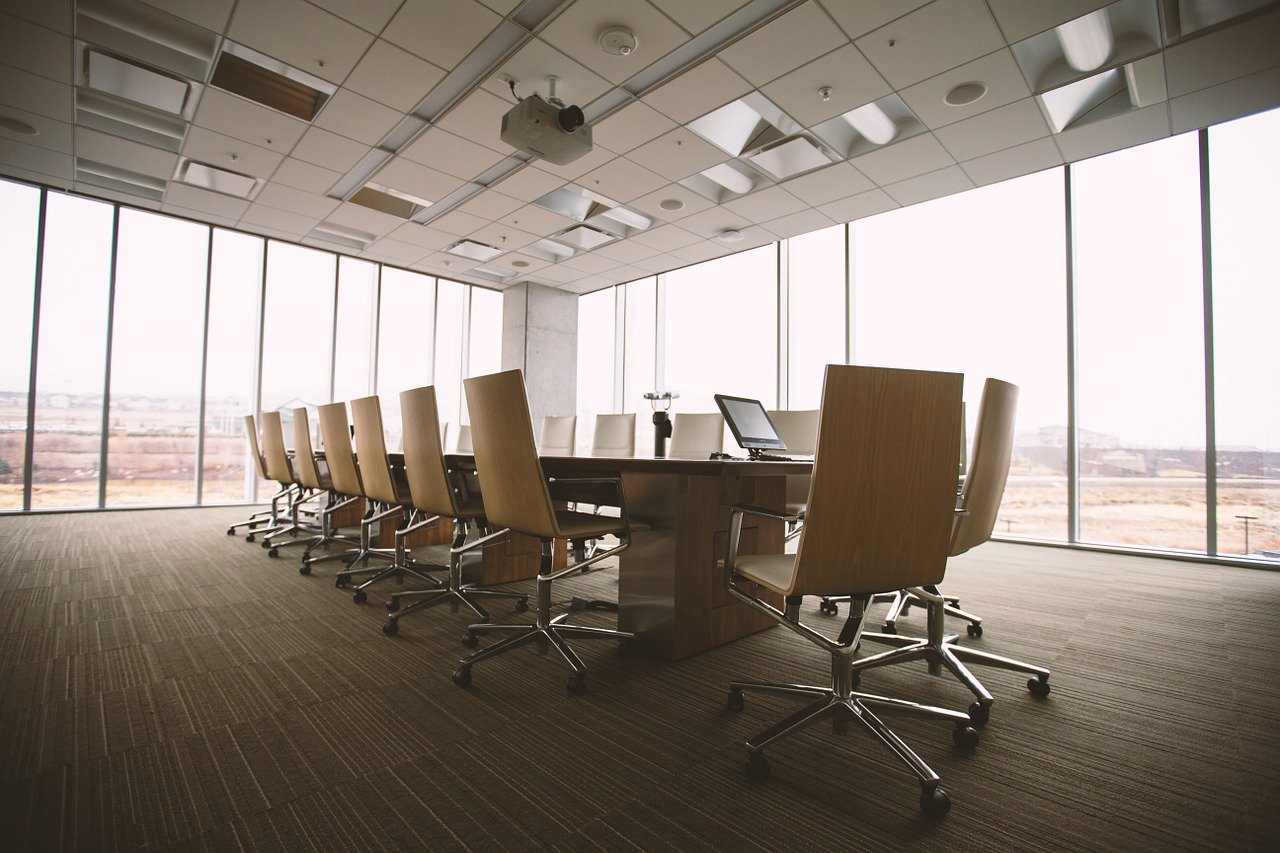There has been much speculation about the demise of the office space following Coronavirus. It is largely true that for those that can work from home, the lockdown forced a quick transition and for many homeworking became the norm overnight. If your workforce are as efficient working from home, it is unsurprising that property is an area of focus for cost cutting. Paying premium rents, not to mention rates, for city centre office space might be seen as a luxury – but will this sentiment remain in the longer-term as winter encroaches and the novelty wears off?
Although employees are working well from home, that does not necessarily mean that it is their preference. A distinction between work and home is important for mental health, and for many the reality of working from home is either from their bedroom or their kitchen. Is a good work life balance possible when the reality of “working from home” is in fact “living at the office”?
In our own experience, colleagues and clients are working well remotely, benefitting from cloud-based technologies for remote access, digitised client files and collaboration with clients and colleagues using zoom. Though this technology will continue to play a vital role in the way we interact with clients, it does not remove the importance of face-to-face interaction. Many of our employees are keen to return to the office, and to that of their clients, to benefit from connectivity but they must be confident that the space they are returning to is safe.
Last week, Savills published their report on the Manchester office market. Although the market was still on pause at the time of publication, the report showed that due to limited supply of new and refurbished floorspace in the city centre many larger strategic requirements were still active. Despite the lockdown, many acknowledged that they needed to act to secure suitable accommodation over the next couple of years. With the retail industry hit hard, one might speculate that existing retail units will convert to office space to meet this lack of supply.
With the market now unlocked, and viewings now feasible, it will be of comfort to many commercial landlords to know that the demand has not completely disappeared. But requirements will likely have changed. Over the years, businesses have moved towards hot desking and more compact space. As businesses prepare for the return of their workforce, we are likely to move away from this trend back towards larger spaces and more flexibility for employees to choose their workplace on any given day. Providers of shared office space akin to the WeWork model which had been so popular have suddenly had to rethink; Forbes commented as early as 17th March this year that as work from home and social distancing have become standard corporate policy for most of the western world, the idea of “shared office space” seems akin to the 2008 subprime mortgage.
There will likely be a renewed focus on what commercial landlords are expected to provide: more automation, better air quality, more frequent cleaning services. Over the last few weeks landlords and occupiers have had to work more closely, and we are likely to see that trend continue as occupiers look for more flexibility in their leases.
There is no doubt that the way that office space operates will change, but it will not be obsolete.
If you have a question for Harold Sharp’s Proptech team, please contact us.
